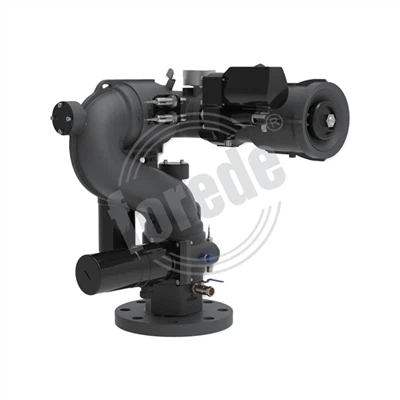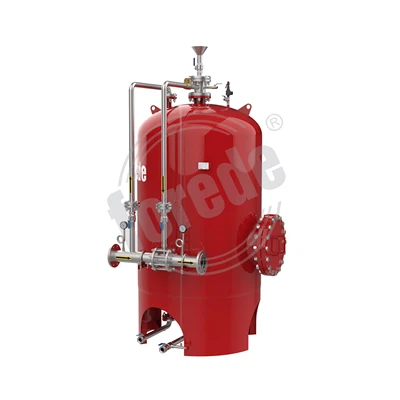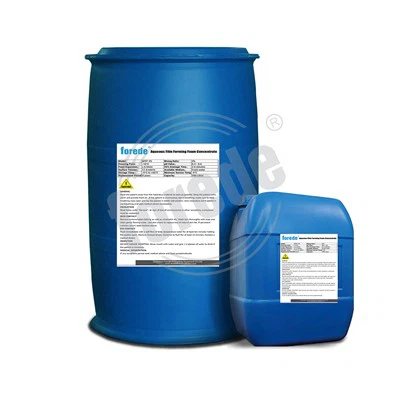Wet alarm check valves are an essential component of fire protection systems. They are used to regulate the flow of water in a fire protection system and prevent backflow of water into the main supply. Accurate installation and proper usage of wet alarm check valves ensure that your fire protection system functions effectively in case of a fire. Here are some precautions to take when installing and using wet alarm check valves:
1. Proper installation: It is essential to ensure that the wet alarm check valves are installed correctly in the system. Hire an experienced and licensed fire protection contractor who will follow the manufacturer's guidelines for installation and testing.
2. Regular maintenance: Regular maintenance ensures that the wet alarm check valves are functioning correctly. This includes cleaning the valve screen and ensuring that the flow test valve is working.
3. Testing the valve regularly: It is crucial to test the wet alarm check valves regularly to ensure their proper functioning. Make sure the valve opens and closes correctly, and the water flows in the right direction.
4. Proper labeling: Proper labeling of the wet alarm check valves is necessary for efficient maintenance and quick identification during emergencies. Ensure that each valve is plainly labeled with the pipe size, valve type, and the direction of the water flow.
5. Adequate clearance: It is essential to ensure that there is enough clearance around the wet alarm check valves to enable them to function efficiently. This includes sufficient support and clearance behind the valve and adequate spacing between pipes.
6. Regular inspection: Regular inspection of wet alarm check valves is essential. It helps to ensure that there are no leaks, corrosion, or damage to the valves, which can hinder their proper functioning.
In conclusion, proper installation and usage of wet alarm check valves are crucial for fire protection systems to be effective. Follow these precautions to ensure the safety of your property and its occupants. Remember to consult a licensed fire protection contractor to ensure a successful installation.




















